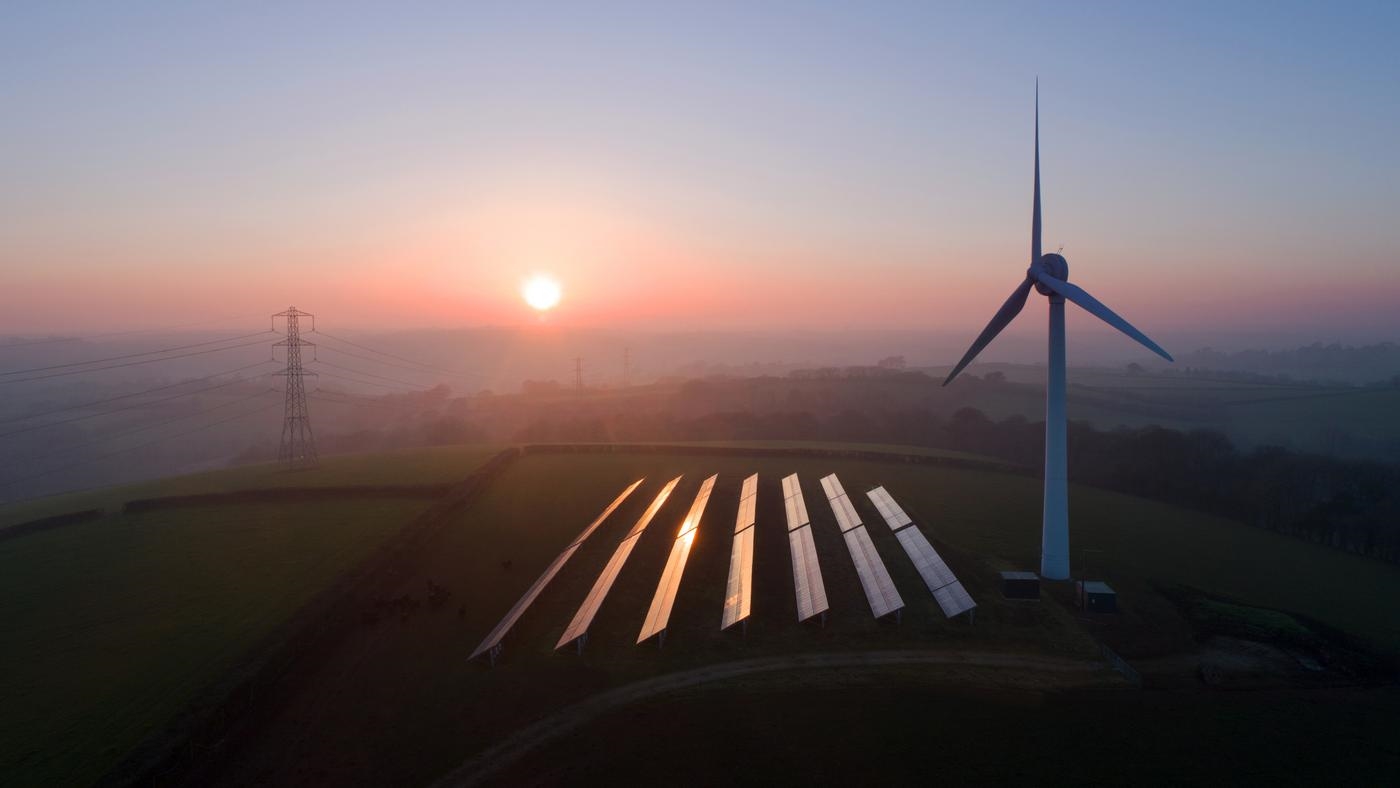Get in touch
-
Mark Thomtonmark.thomton@woodmac.com
+1 630 881 6885 -
Hla Myat Monhla.myatmon@woodmac.com
+65 8533 8860 -
Chris Bobachris.boba@woodmac.com
+44 7887 495481 -
BIG PartnershipWoodMac@BigPartnership.co.uk
UK-based PR agency
US-China agreement connects the fastest-growing LNG supplier with the largest LNG growth market
1 minute read
EDINBURGH/HOUSTON/SINGAPORE — Last night’s announcement of the 100-day action plan between the US and China has the potential to alter global LNG trade, opening the door of the world’s largest LNG growth market to the world’s fastest-growing LNG supplier.
Under the action plan, which falls under the framework of the US-China Comprehensive Economic Dialogue, Chinese companies can now negotiate long-term contracts to source liquefied natural gas from US suppliers, the US Commerce Department said.
Commenting on the announcement, Massimo Di-Odoardo, Head of Global Gas and LNG Research at global natural resources consultancy Wood Mackenzie, said: “The wider agreement represents a win for both sides. It allows President Trump to deliver on his pledge of redressing global trade imbalances and China to show its commitment to becoming an equal trade partner.
“Until now Chinese buyers have not bought long-term LNG supply from the US directly. This ensures US LNG entering the Chinese market will be politically palatable.”
Mr Di-Odoardo added: “The agreement connects the US, the fastest growing LNG supplier, with China, the largest LNG growth market. By 2030, we expect Chinese LNG demand to reach 75 mmtpa, triple 2016 imports. This is equivalent to$26bn a year at today’s prices ($7/mmBtu), and the US is keen for a slice of the pie.”
He noted that US LNG has already been coming into China, and in March this year it accounted for 7% of total LNG imports. China’s total LNG demand in 2016 amounted to 26m tonnes.
“In the longer term, the deal paves the way for a second wave of investment in US LNG. Developers will now be able to target Chinese buyers directly, potentially supporting project financing. It could also support direct Chinese investment into liquefaction and upstream developments on US soil,” he said.
Mr Di-Odoardo said the agreement confirms the Trump administration’s commitment to grow US LNG exports, following earlier announcements to expedite the environmental permitting process for new facilities.
However, it increases the pressure on competing suppliers, including new LNG projects from Australia, East Africa and Canada, as well as new pipe and LNG projects from Russia. It also undermines the niche that portfolio players, such as Shell, BP and Total, have found playing the middle man between US LNG exports and Chinese imports.
“But ultimately, whether Chinese buyers line up for a second wave of US LNG will depend on its competitiveness versus other global alternatives and Chinese buyer appetite for exposure to US gas prices,” he said.





